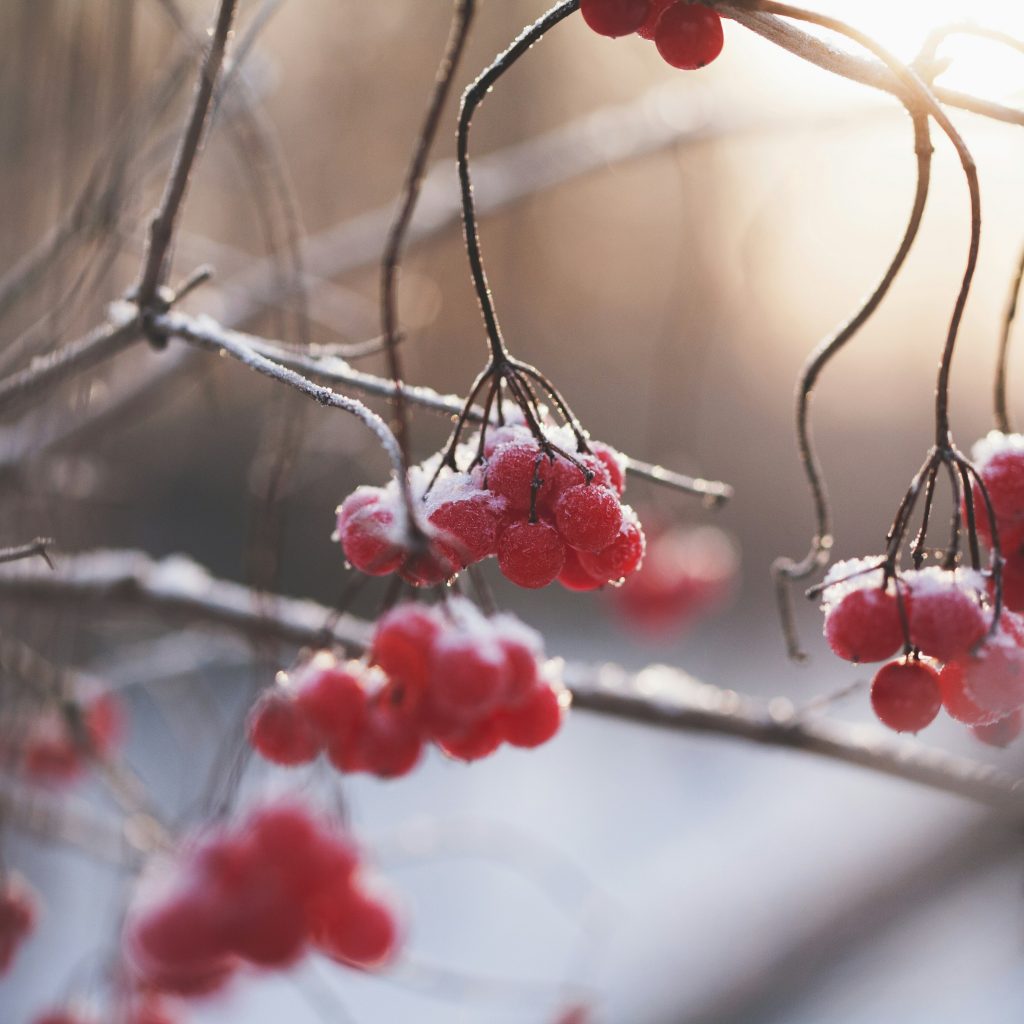
The Winter Solstice is the day that the earth is tilted the furthest away from the sun and consequently has more hours of darkness and less hours of light then any other day of the year. Every day after the Winter Solstice there is gradually a little more light until the Summer Solstice. The sun is at its lowest point in the sky on the Winter Solstice and shadows become stretched out and longer than usual. Ancient people thought that the sun was dying and being reborn on this day. The Winter Solstice most often falls on December 21st and has long been a day of celebration. In fact, it was a whole season of celebration in ancient times. The time between Winter Solstice and the Twelfth Night was once considered outside of the normal year. Many of the traditional winter holidays celebrate light in the darkness this time of year– from Christmas and Hanukkah to Diwali, the Dōngzhì Festival, and Yalda Night.
